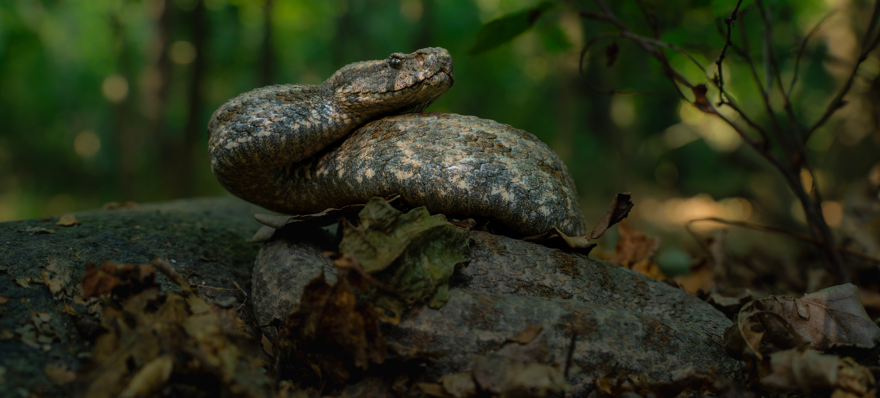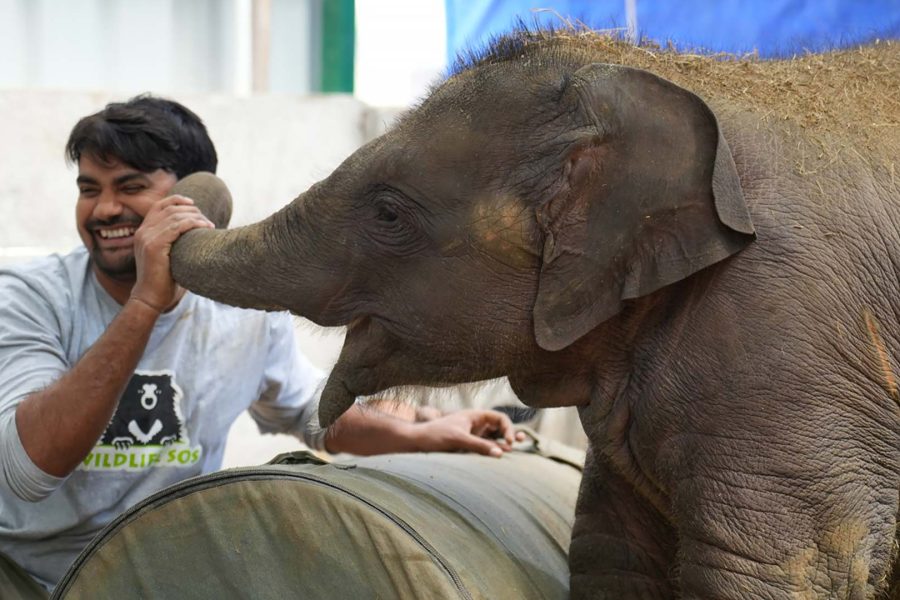
by Suvidha Bhatnagar
“Keep your face to the sunshine and you cannot see the shadow.” – Helen Keller
The Kalandars, originally Muslim gypsies with a highly nomadic lifestyle were famous for their mastery over animals. For three hundred years they earned a living from various types of performing animals, especially dancing bears. Wildlife SOS works towards saving these wild animals from exploitation and while rescuing the sloth bears from their misery and barbaric lives. Wildlife SOS also opted for a holistic approach by working for the rehabilitation of the Kalandar community. The Kalandar rehabilitation involves a multi- dimensional process of training the Kalandars for an alternative employment, providing seed funds so that they can use the training to earn and reduce their dependency on working animals and poaching. Other than offering alternative livelihoods Wildlife SOS also works towards women empowerment and educating Kalandar children to ensure their better future.
At present under Ms. Rakhee’s supervision, our Kalandar Community Rehabilitation Coordinator, Wildlife SOS is successfully running education and livelihood centres for Kalandars all over the country. In a village called Tonk, Rajasthan Wildlife SOS had successfully set up a training school for aratari (gold and silver threads and sequins embroidered on saris) work in 2005, and in three years it trained 68 young boys who were all successfully employed by nearby karkhanas (workshops). Twelve boys set up a cooperative under Noor Mohammed Kalandar which earns them a good living. It was then decided to give young girls that same training and now a cooperative of about twenty young women earn by making bags and cushion covers. Their skills are often utilized by the shopkeepers of Jaipur.
In addition to this, a new foray to empower women has been the creation of a “Tie and Dye” crafts unit that specializes in making colorful dupattas(scarves). This local art is called “bandini” in local language and the new unit has just started producing these and is managed by a teacher who comes regularly and trains the women of the village. At present there are 10 women working in the center. A woman named Nanhi who works at the Tie and Dye centre said “I am very happy and thankful to Wildlife SOS for all the support that they have provided for the women in Tonk. Now I am an independent woman and can support my family in lean time.”

Other than the alternative livelihood program, 250 children are being educated at various local schools in Ton village alone and Wildlife SOS provides the books, uniforms, fees as well as tutoring in the afternoons so that these first generation learners can do their homework and study more efficently. There is a study centre for children that was started in October 2012 and is successfully preparing a junior batch for their board exams. There are 21 students in the junior batch and 11 in the senior batch at present. Mohsina, one of our supported Kalandar children who is currently pursing her Bachelors in Arts (First year) has been a relly bright student and scored with merit in the school graduation exam.

Wildlfie SOS is also running a sewing centre for the Kalandar girls and at present there are 15 girls in the centre, These girls are trained by Mr. Mohammad Hasim Khan who is their sewing teacher. The sewing unit was set up in the year 2007 and till now 180 girls have been trained already at the facility. Training these girls saves them from exploitation in the future and they are on their way to an independent earning wherever may get married or settied. Some will use their skills to take better care of their family needs.





